If you've ever found yourself in a situation where you need to file a civil lawsuit, you know it can feel overwhelming. Understanding the ins and outs of legal documents and procedures is crucial for ensuring your case is heard. That's why we've put together this handy letter template to guide you every step of the way, making the filing process smoother and more accessible. So, grab a cup of coffee and dive in'let's empower you to take that critical next step in your legal journey!

Identification of Parties Involved
In a civil lawsuit, the Identification of Parties Involved is crucial for establishing the framework of the case. The plaintiff (the party initiating the lawsuit) must be clearly named, along with pertinent details such as full name, address, and contact information. Similarly, the defendant (the party being sued) should be identified with equal clarity. In cases where multiple defendants are present, all names must be listed to avoid ambiguity. This section may also include entities such as corporations or government bodies, necessitating their legal designations and registered addresses. Ensuring accuracy in this identification helps the court streamline processes and clarifies the responsibilities and claims of each party involved.
Legal Basis and Jurisdiction
When filing a civil lawsuit, understanding the legal basis and jurisdiction is crucial. The legal basis refers to the foundational laws and legal principles that support the plaintiff's claims, such as specific statutes, regulations, or established common law precedents. Jurisdiction defines the authority of the court to hear the case, which can include geographic jurisdiction (the court's location), subject matter jurisdiction (the type of cases the court can adjudicate), and personal jurisdiction (the court's authority over the parties involved). In the United States, federal courts have jurisdiction over cases involving federal questions or diversity jurisdiction where parties reside in different states and the amount in controversy exceeds $75,000. State courts typically have general jurisdiction over civil matters unless exclusive jurisdiction is conferred to a specific court by statute. Properly establishing both the legal basis and jurisdiction in your filing ensures the court can proceed with the case effectively.
Statement of Claim
Filing a Statement of Claim in a civil lawsuit involves several critical steps to ensure the document meets legal requirements. Begin by drafting the Statement of Claim, detailing the plaintiff's (the party initiating the lawsuit) allegations against the defendant (the party being sued) clearly and concisely. Include essential information such as the names of the parties, their addresses, and the jurisdiction where the lawsuit is filed, typically identified by local court rules. State the facts supporting the claim, the legal basis for the action, and the specific relief sought, such as monetary damages. Once completed, the Statement of Claim must be printed on appropriate-sized paper, usually 8.5 by 11 inches or A4, and signed by the plaintiff or their legal representative. Next, file the document with the appropriate court, often a district or superior court, while paying the requisite filing fee, which varies by jurisdiction. Obtain a stamped copy for personal records and serve the Statement of Claim along with a summons to the defendant, following legal guidelines to ensure proper notice. Retain all documentation related to the filing for reference throughout the litigation process.
Filing Deadlines and Timeframes
Filing a civil lawsuit requires adherence to specific deadlines and timeframes crucial for the proceedings in courts like district or circuit courts. Typically, in the United States, the statute of limitations defines the maximum period (usually ranging from one to several years depending on the case type) for initiating a lawsuit after an event, such as an accident or breach of contract, occurs. After filing the complaint, defendants generally have a set period (often 20 to 30 days) to respond with an answer. Subsequent deadlines may include the discovery phase, where both parties gather evidence, often lasting several months, and pre-trial motions, typically due before the trial date. Each jurisdiction, such as California or New York, may have unique rules regarding these deadlines, emphasizing the importance of consulting local court rules or legal advice to ensure compliance and avoid dismissal.
Court Fees and Payment Methods
Court fees are essential components when filing a civil lawsuit, with costs varying by jurisdiction and nature of the case. In many U.S. District Courts, fees typically range from $350 to $500 for civil actions. Additional fees may apply for specific motions, such as temporary restraining orders or appeals. Payment methods often accepted include credit cards, money orders, and cashier's checks made payable to the court. Some jurisdictions allow electronic payments through secure online portals, streamlining the process for litigants. Additionally, individuals demonstrating financial hardship may apply for fee waivers, which require processing through designated court forms. Always verify local rules through the respective court's website for accurate and updated fee schedules and payment options.

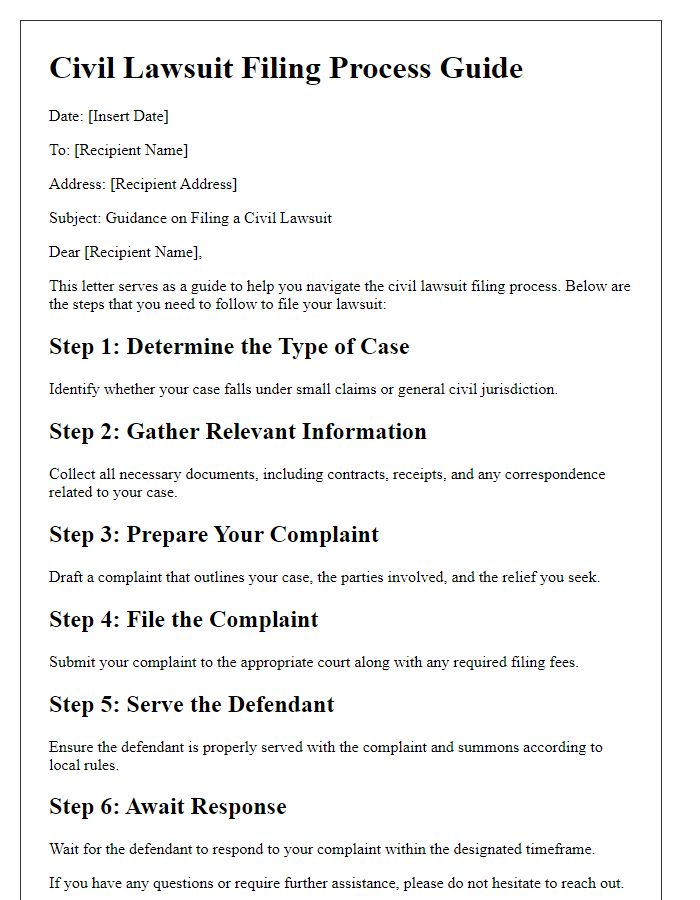
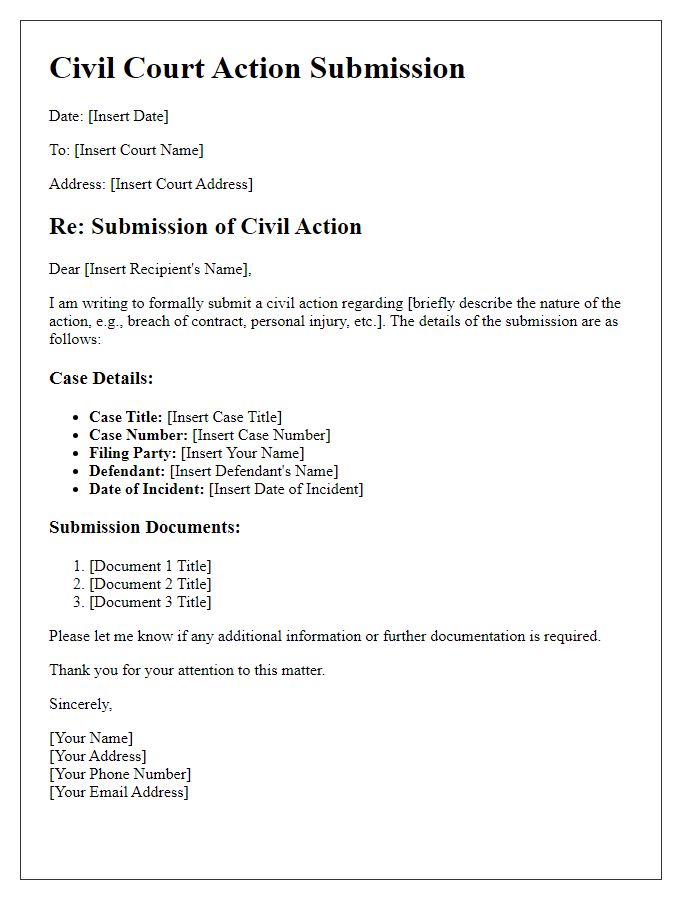
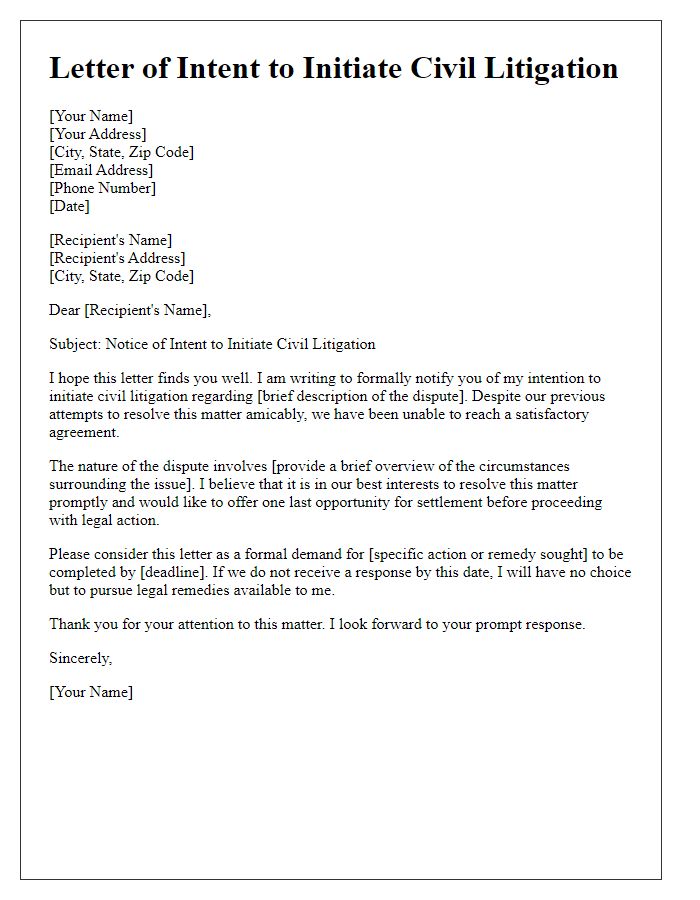
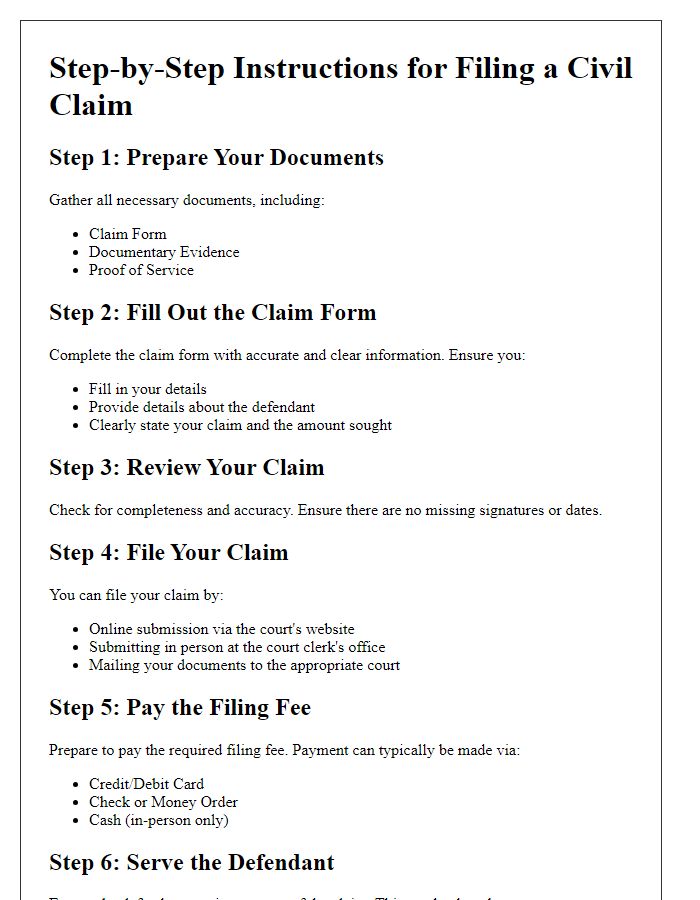
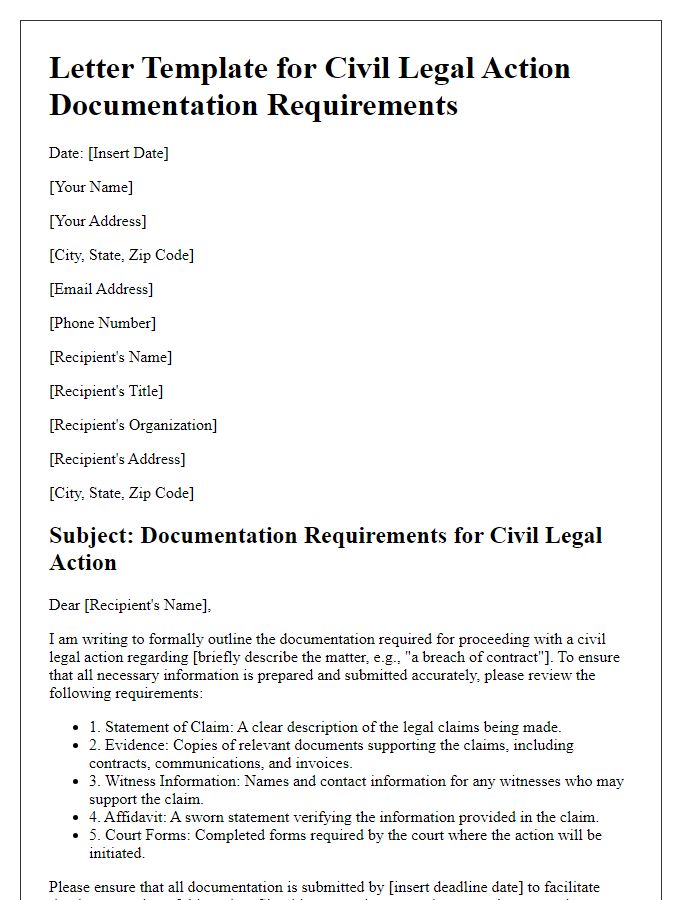
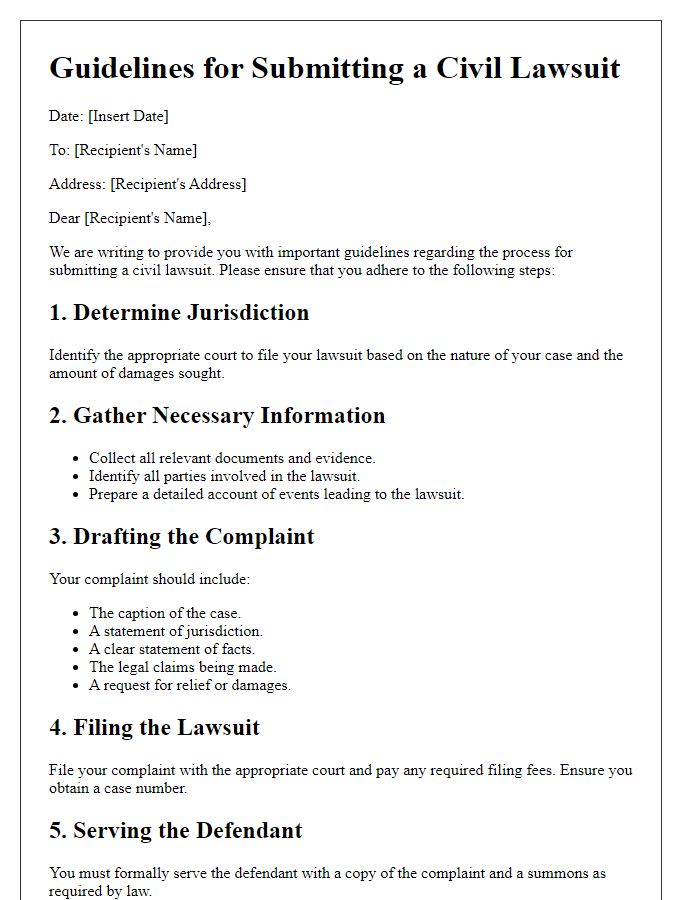
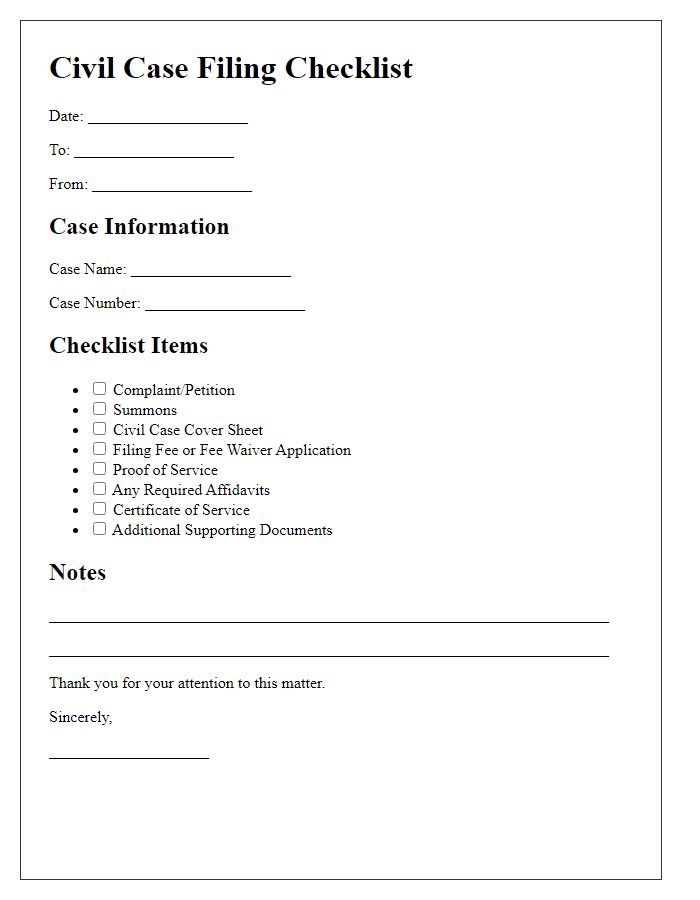
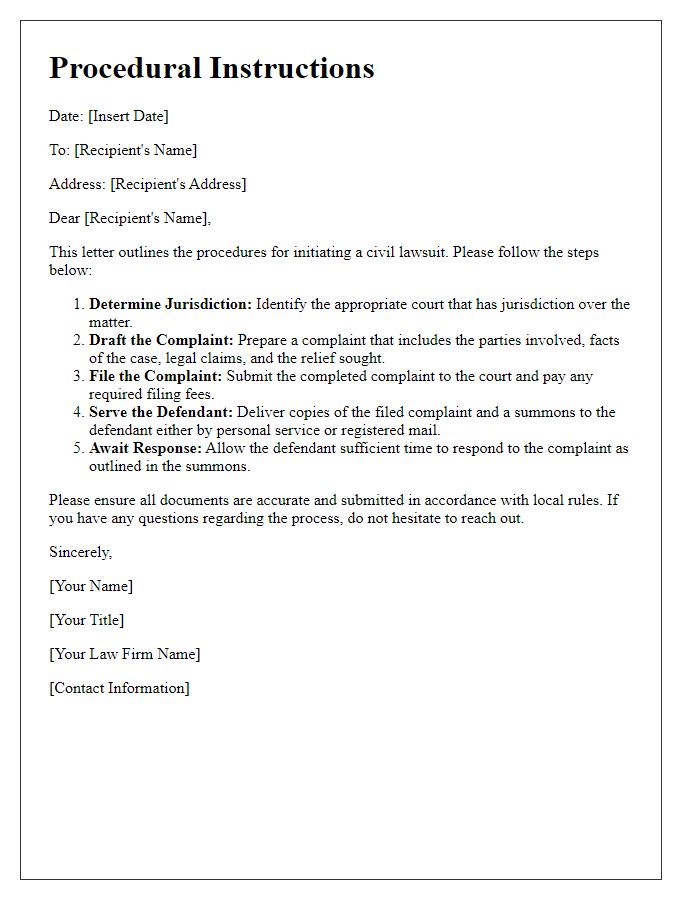
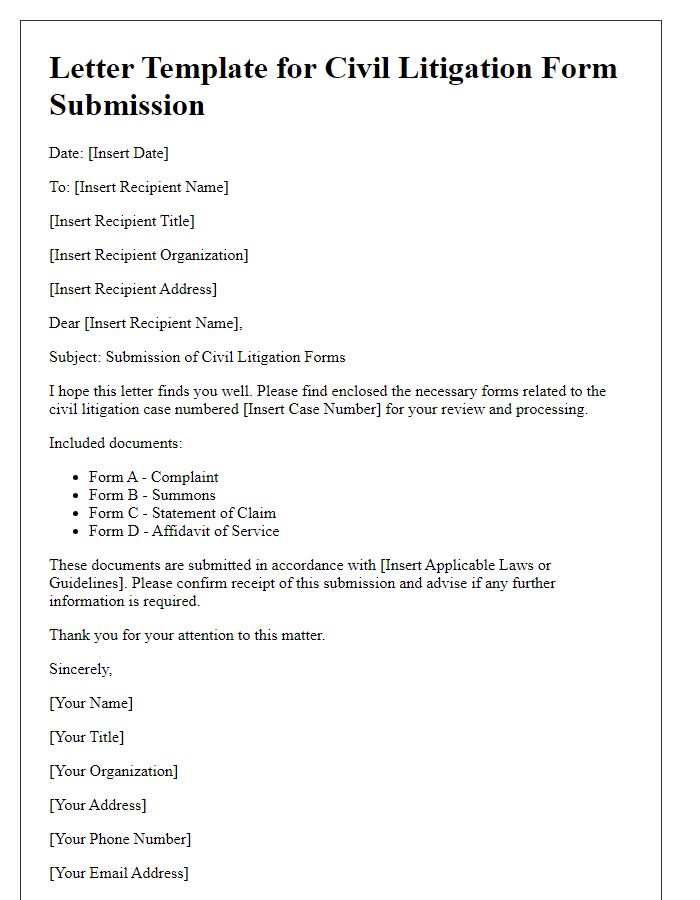
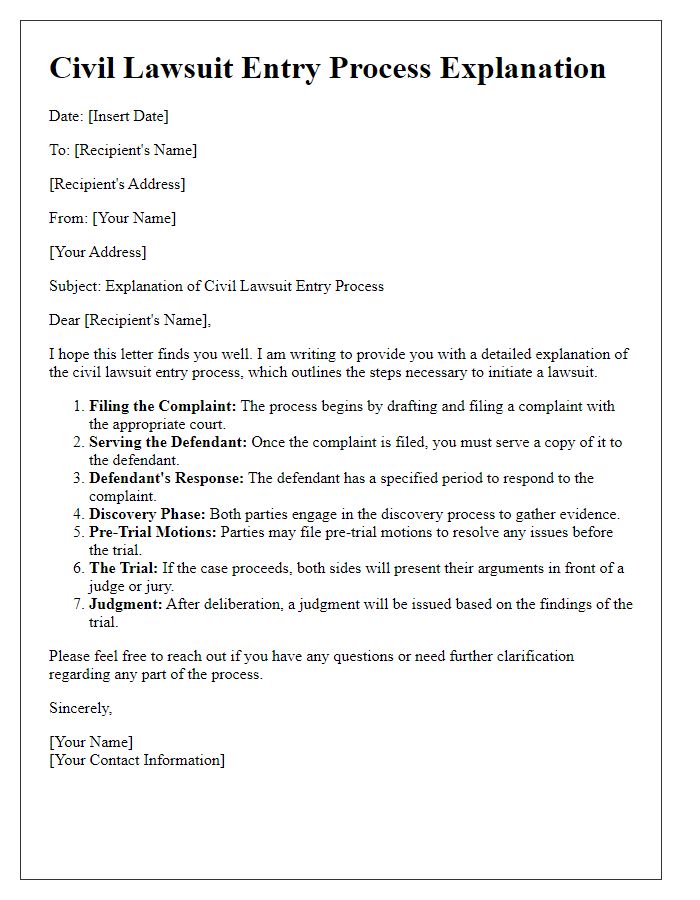





Comments